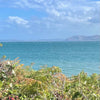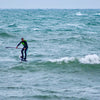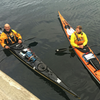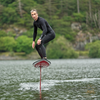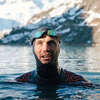Open Water Swimming Training: Enhance Your Skills and Train With Purpose
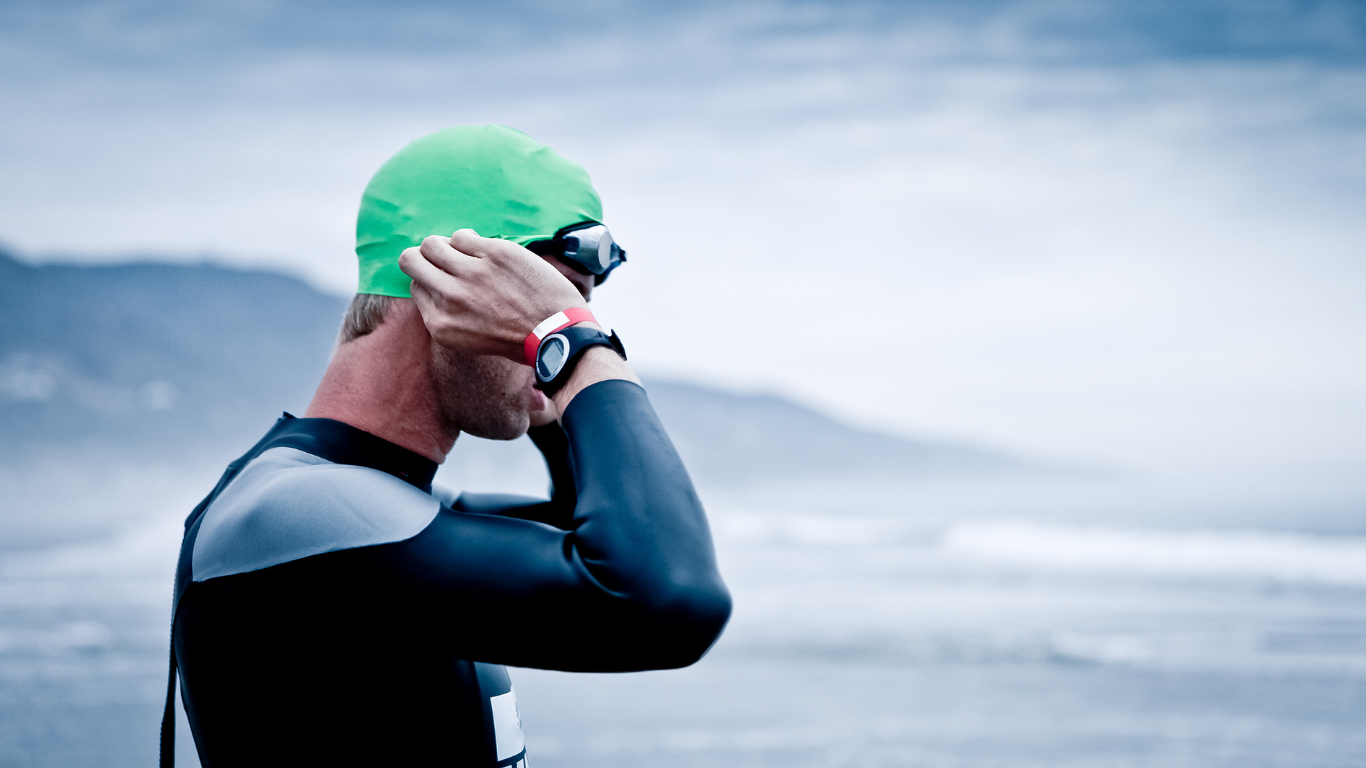
Open water swimming offers a unique and challenging experience for swimmers seeking to push their boundaries beyond the confines of a pool. Training specifically for open water swims requires a combination of endurance, technique, mental resilience, and adaptability to varying conditions. In this article, we will delve into comprehensive training methods for open water swimming, focusing on longer swims, sighting training, and interval sessions. We will also provide example workouts to help you develop the necessary skills for success in open water. Stick around, you might learn something.

Endurance Training for Longer Swims:
Open water events and races often demand greater endurance than pool swims due to the absence of walls for rest. Here are some key strategies to improve your endurance for longer open water swims:
- Build a base: Start with regular open water sessions, gradually increasing your distance over time. Aim for at least three to four swims per week, incorporating longer sessions on weekends. Consistency will pay off in the end, especially as it gets colder.
- Incorporate open water sessions: As your fitness improves, transition some of your training sessions to open water. This will help you adapt to the unique challenges of swimming in uncontrolled environments. Hopefully transitioning fully to open water in the warmer months.
- Increase distance gradually: Slowly increase the distance of your long swims, aiming to build up to the approximate distance of your target race. Incremental progress will help you develop the necessary stamina.

Example Workout: Long Endurance Swim
Warm-up: 10-15 minutes of easy swimming, focusing on technique.
Main set: Swim continuously for 60-90 minutes, maintaining a steady pace. Aim to cover a distance slightly longer than your race goal.
Cool-down: 5-10 minutes of easy swimming, focusing on recovery.
Sighting Training Swims:
In open water, the ability to sight efficiently is crucial for navigation and staying on course. Proper sighting technique reduces the distance swum and helps maintain momentum. Consider the following training strategies:
- Incorporate sighting drills: During pool sessions, practice sighting by lifting your eyes to a target every 10-12 strokes. This will help you maintain a straight line and improve your efficiency.
- Open water sighting sessions: Choose a buoy or landmark in open water and practice sighting towards it. Alternate between sighting every few strokes and increasing the frequency to match race conditions.
- Practice in varying conditions: Train in different weather conditions and water types to enhance your adaptability. Challenging yourself in choppy waters will improve your sighting skills under adverse conditions.

Example Workout: Sighting and Navigation
Warm-up: 10-15 minutes of easy swimming, incorporating sighting drills.
Main set: Swim for 30-45 minutes in open water, focusing on sighting every 10-12 strokes.
Introduce variations such as swimming towards different landmarks or buoys.
Cool-down: 5-10 minutes of easy swimming, focusing on recovery.
Repeats for Speed and Race Pace:
To improve speed and race performance in open water, incorporating interval training such as 400m repeats can be highly effective. These workouts help develop your anaerobic capacity and simulate race conditions.
- Set realistic goals: Determine your target race pace and use it as a benchmark for your 400m repeats. Start with a pace slightly faster than your current ability and gradually work towards your goal pace.
- Consistency is key: Perform 400m repeats at regular intervals throughout your training program. This will help you maintain your speed and build endurance simultaneously.
- Active recovery: Incorporate active recovery periods between repeats to maintain the quality of each interval. Use an easy swim or float to recover before the next repeat.

Example Workout: 400m Repeats
Warm-up: 10-15 minutes of easy swimming, focusing on technique.
Main set: Perform 6-8 x 400m repeats at your target race pace. Allow 30-90 seconds of active recovery between each repeat.
Cool-down: 5-10 minutes of easy swimming, focusing on recovery.

In conclusion, training for open water swimming requires a combination of endurance, technique, mental resilience, and adaptability. By incorporating longer swims, sighting training, and interval work like 400m repeats, you can enhance your overall performance and readiness for open water races.
Remember to tailor these workouts to your fitness level and gradually progress to avoid injury. With consistent training and perseverance, you'll be well-prepared to tackle the challenges and thrill of open water swimming.
-
Posted in
cold water, open water, swimming
